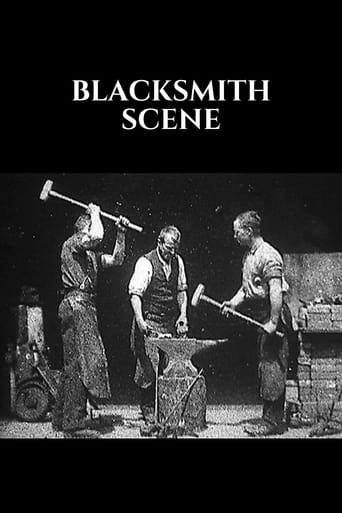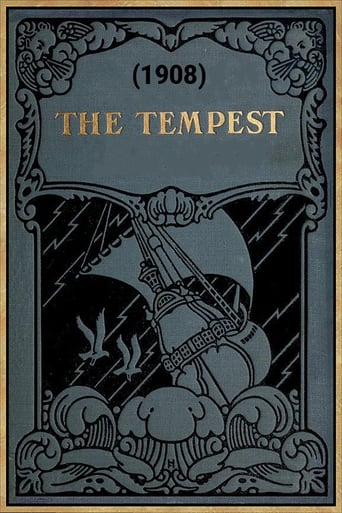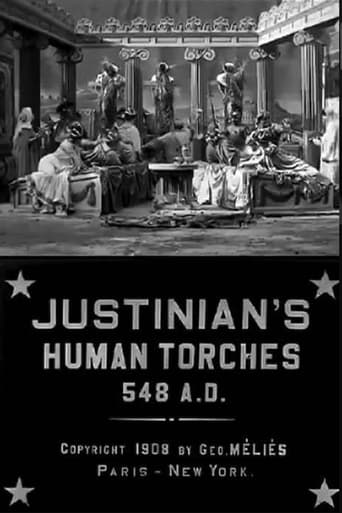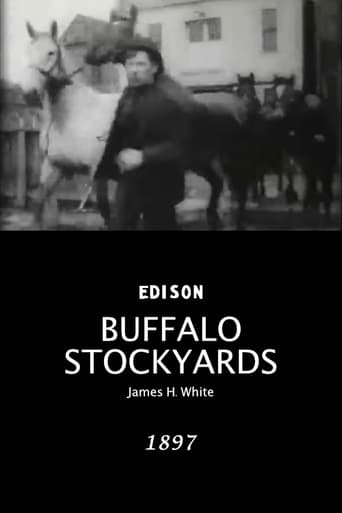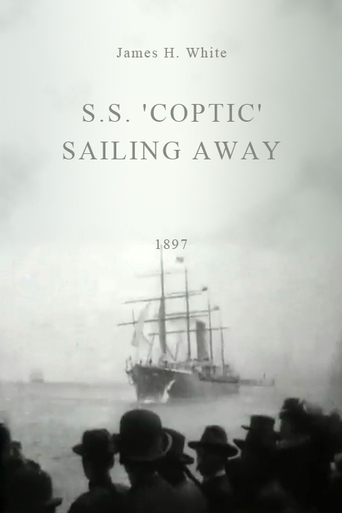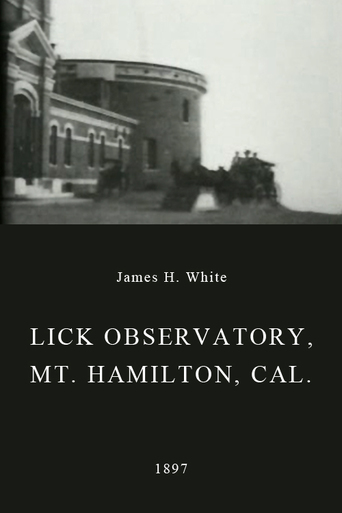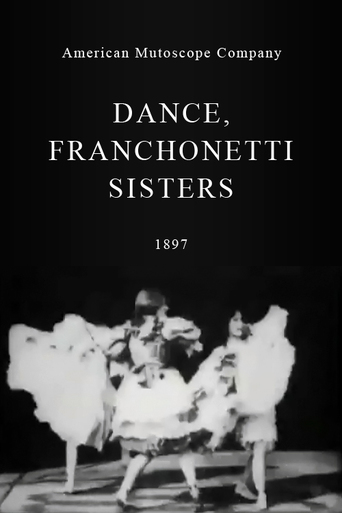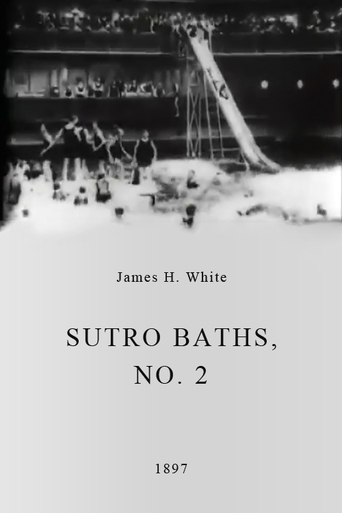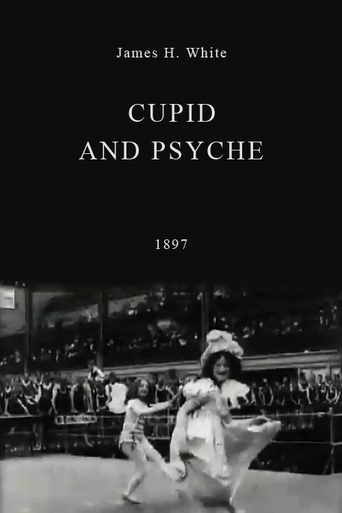Blacksmith Scene (1893)
Three men hammer on an anvil and pass a bottle of beer around. Notable for being the first film in which a scene is being acted out.
Watch Trailer
Free Trial Channels
Cast


Similar titles
Reviews
Truly Dreadful Film
the audience applauded
The first must-see film of the year.
It’s sentimental, ridiculously long and only occasionally funny
We see a trio of men working an anvil. Halfway through the film, they decide to take a break and pass a beer bottle around. Then it is back to work again. This is by far not the only film concentrating on the work of blacksmiths in the early days of cinema. Looks like it's a recurring theme that kept attracting filmmakers. I'm not sure how much these men were actual blacksmiths or actors playing the part.In any case, this movie was deemed significant enough to be introduced into the American National Film Registry 102 years after its release. Unfortunately I have to disagree. I've seen several films shortly before or afterward that would have been more deserving of the honor, but were neglected.
Thomas Edison and William K.L. Dickson's "Blacksmith Scene," was the first film shown publicly in 1893.This short is a brief look at 3 workers as they go about their daily ritual. Great piece of work for its time.In the early days of cinema, directors typically recorded everyday events such as the arrival of ships or workers leaving a factory. These short films were called "actualities." Later, with the advent of better equipment (which could record for longer), directors began to introduce more complicated narratives into film.10* (10* Rating System)
The Black Maria movie studio at Edison's West Orange, New Jersey laboratory (see comments on "Men Boxing" for a description) was used, from 1892 until 1900, to produce as many as 300 films. "Blacksmith Scene" was filmed in this studio and is generally regarded as the earliest known commercial film. It was filmed by the vertical-feed Kinetograph camera using 1-1/2-inch celluloid film newly developed by the Eastman Company.To make this film 'commercial', it was necessary to have a way for the public to view it. A Kinetoscope was developed for that purpose. The Kinetoscope (a peep-show machine) was used for a public exhibition; given at a meeting of the Brooklyn Institute of Arts and Sciences on Tuesday May 9th, 1893. Over 400 people lined up to view the film over a two hour period.
It's always fascinating to watch movies that are this old because it's like looking a hundred years into the past. You get to see a glimpse of what the world was like a century ago, even though in this particular film all we see is three guys hammering on an anvil. Blacksmith Scene was the first film ever to be shown to a large audience, I think it was something like 200 people who watched it one at a time on a kinetoscope after a lecture by the Edison Company, the creators of the film. Actual projection of movies didn't start until about a year or so later.There are a lot of interesting things about this film, especially since it's the first one that was made to be shown to a large audience. These are actors in the film, not actual blacksmiths, so it's not even a documentary but it's interesting that the first thing portrayed is actual work. A perfect way to introduce a new medium. Another thing that is pretty interesting is the way they pass around that bottle of beer - even in this earliest of early films, they are striving to entertain. This is not just a moving photograph, but a primitive film that seeks to do exactly what every film made thereafter strives to do - hold the audience's attention. Obviously, it was a lot easier for a moving picture to hold the audience's attention in 1893 than it is today, but in this primitive film all of the major requirements of a film can be found.Except a plot, of course...

